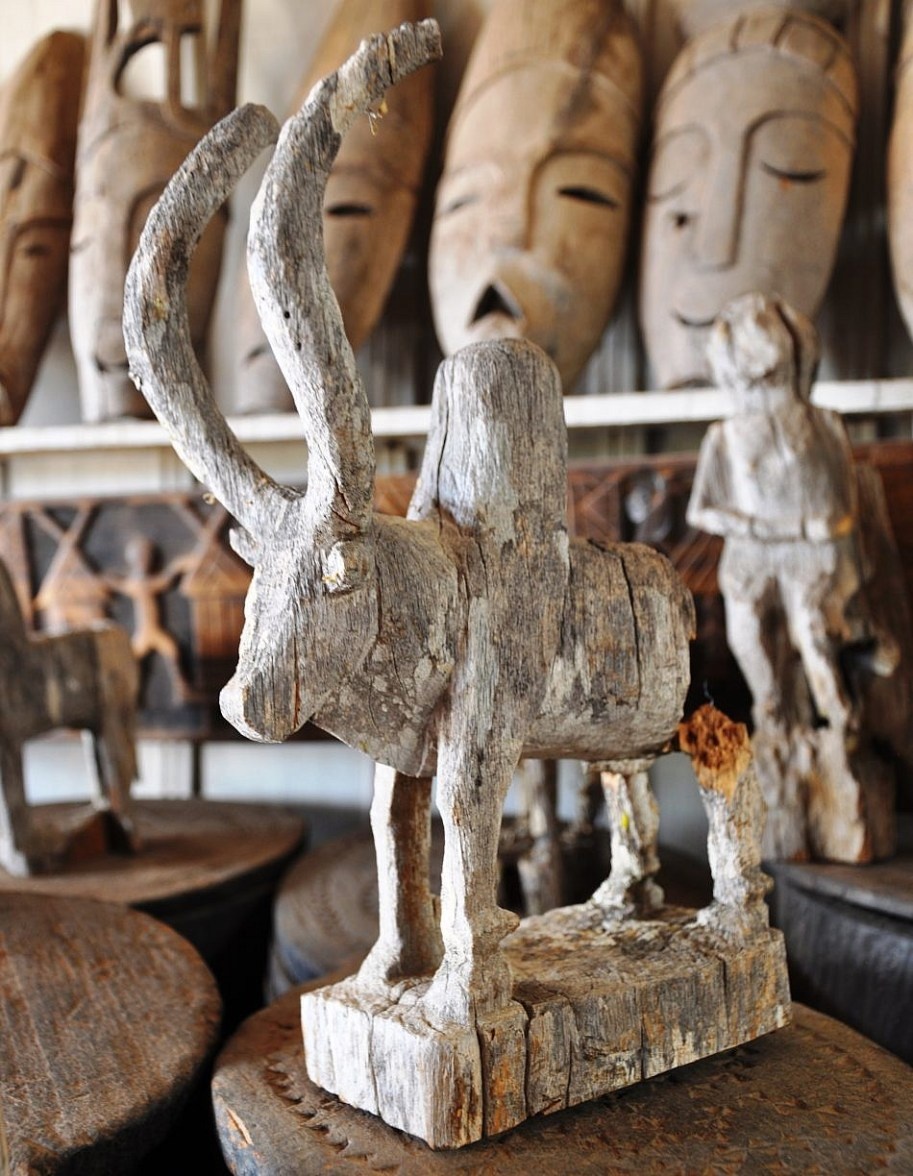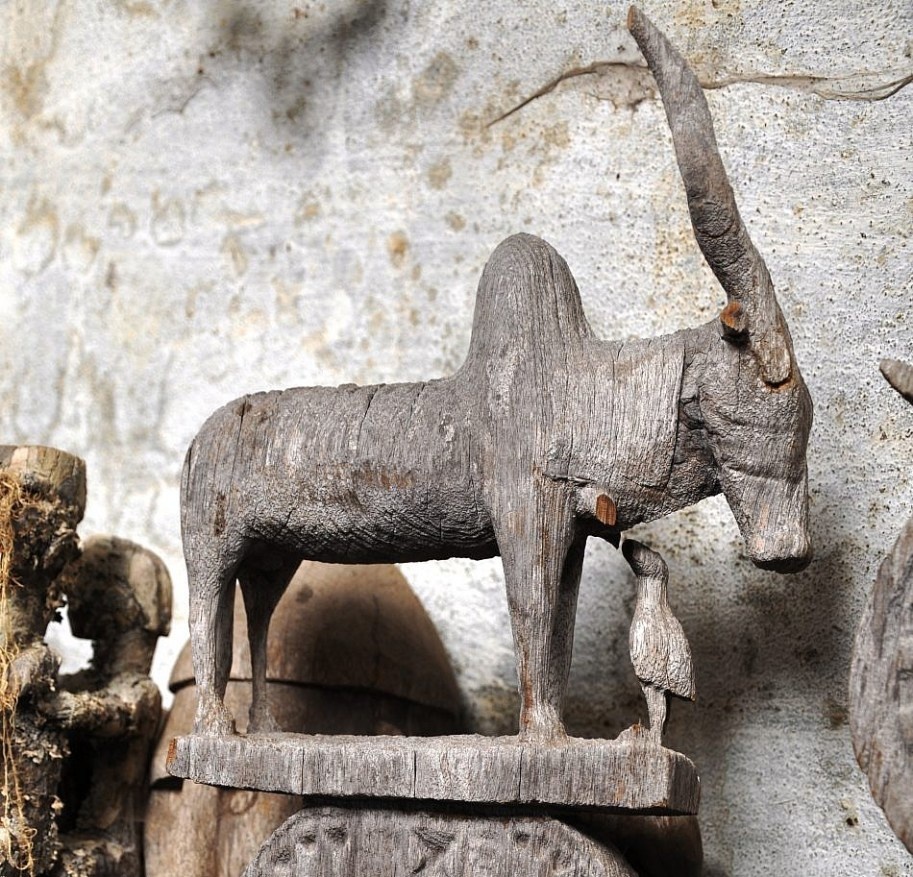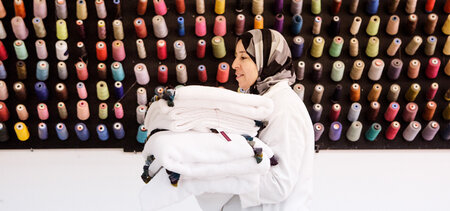5 Personal treasures I will never let go.

“I can't help myself brining home unique treasures from countries far away. I'm what they call a bower bird, continually …”
Recently, someone asked me if I get rid of things once in a while. My answer was, of course! I have no choice or my house would burst and I could be cast for one of those reality shows about crazy hoarders. In my house, things come and go.
If I notice my house is too full, I start clearing stuff out. Not only does this create space in my home, but also in my head. I admit, I’m one of the lucky ones to own a shop and be able to sell things onward. For example, my coffee tables regularly change, as do my carpets and all sorts of decorative items.
Nevertheless, there are a few unique items I would never let go, my personal treasures.
Things I cherish because of their beauty, rarity and / or the memories that they hold.
1. Authentiek Quranic Tablet
In 2008, we visited a religious school in Saint-Louis, Senegal with our children. All the students were sitting on the ground in a large room without any chairs or benches. Our guide told us that they only went home once every six months. Outside, several quranic teaching tablets were carelessly piled resting against a wall. I was immediately impressed by the calligraphy and beauty of the boards; well weathered and with an amazing patina from constantly washing and rewriting on them. This is how the children learned the verses of the Quran.
These Quran plates were obviously not for sale, but they grabbed me. From then on, I’ve been actively looking for authentic Quran boards. And occasionally we are successful in finding authentic old ones, as you will also find many fake ones. We ended up finding our first tablet in Morocco and it has seen multiple corners of our house since, but I will always have a place for this remarkable tablet.

 |
 |
2. Fruit gourd from Segegal
With the bush taxi to the market in Nguéniène, that’s truly what Couleur Locale is all about! Fruits and vegetables, fabrics and jewels, animals and gris-gris … At this market you dive into an authentic Africa and become flooded in a sea of scents and colors. Annually, for 8 years now, we travel to Senegal and visit the market on Wednesday. People come from far and wide to visit this market. With horse and carriage or with their rickety cars almost falling apart. It is absolutely buzzing. Among all those colorful stands, there is one guy that stands out to us each year. The man with the fruit gourds.
With their irregular shapes and their natural color they are a joy to look at. The locals use them in the kitchen. The uneven bottom is of no issue as they put them firmly in the sand. For us, in the west, with our concrete floors and sophisticated kitchens, the fruit gourds would hardly be of any use but they remain beautiful objects.
Every time we travel to Senegal we take some home, as much as we can carry, and sell them in our shop. But that one gourd, which was restored by this man by hand, has an endless spot in our home and won’t be going anywhere!
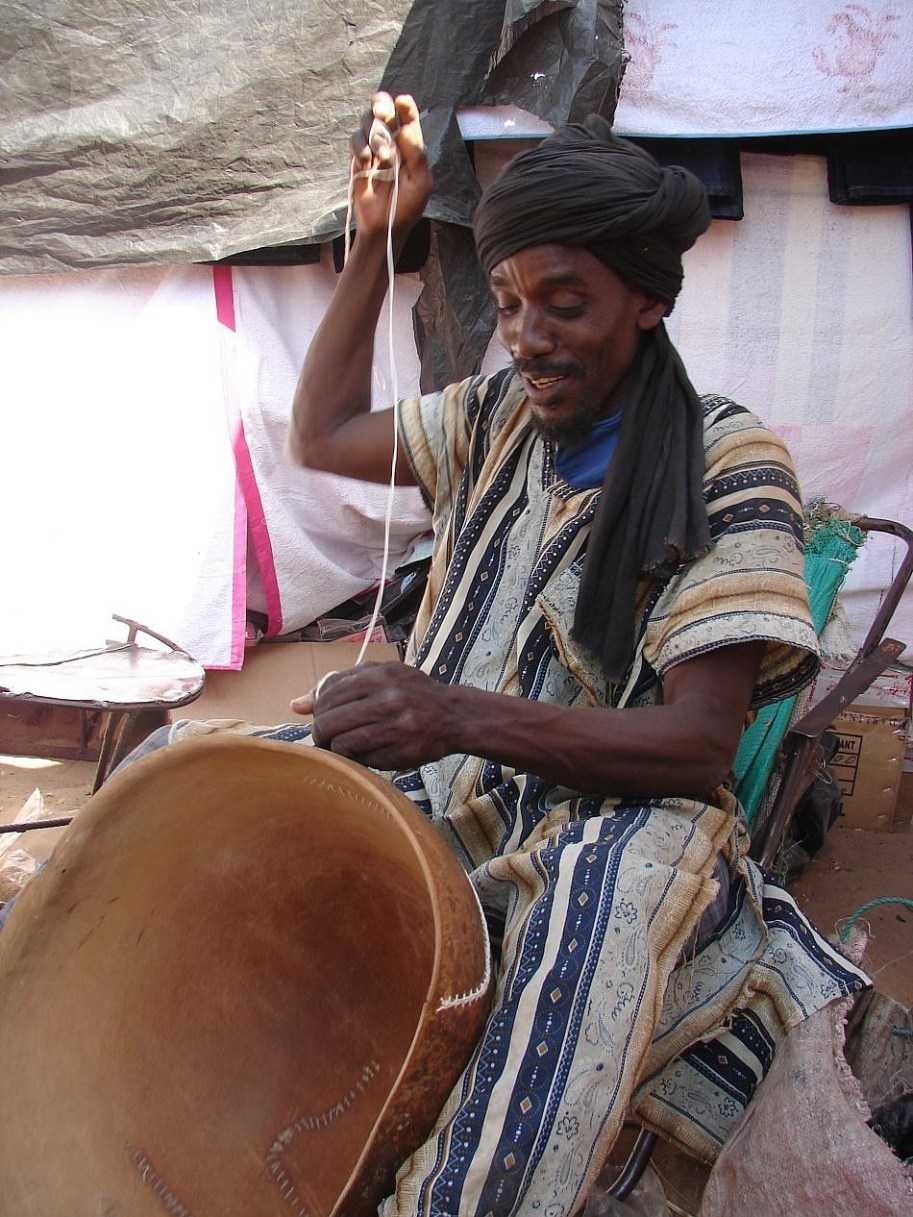
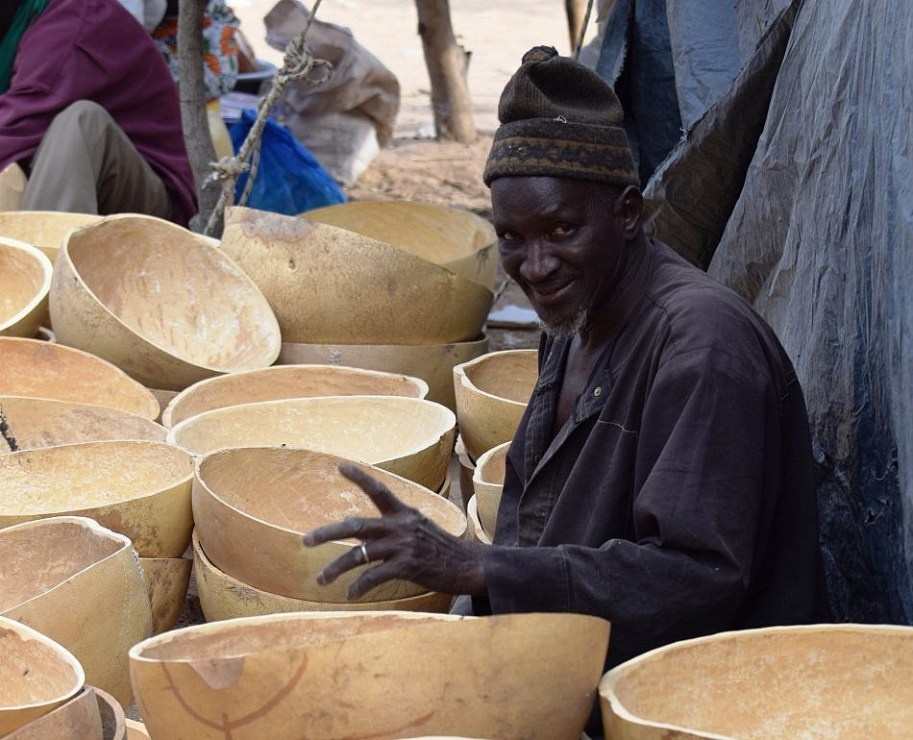
3/ Our collection of weaver nests
If you’ve traveled to Africa, you’ve undoubtedly seen them: the acacia trees with nests from the weaver bird. These birds are fantastic architects and artists. They weave unique nests and each species has its own design. It’s the males that make the nest in order to attract a female. The more beautiful the nest is woven, the greater the chance of success. But the beauty of the nest is not the only thing that counts, there are also ingenious entrances built to keep predators like snakes out.
During every trip to Africa I take my time to go and search for intact and abandoned weaver nests. My best one till now I ended up carrying along for a week during a hiking trip through Kenya. The Samburu guides continually wanted to carry it for me but I repeatedly refused, which of course made them laugh.
My collection is growing slowly but surely. I have nests from Tanzania, Kenya and Senegal. They hang from the ceiling in my office with some nylon string. I find them really inspiring, and I’m not the only one. Nelson Sepulveda designed his ‘Birds Nest’ lamp with the weaver nests in mind.
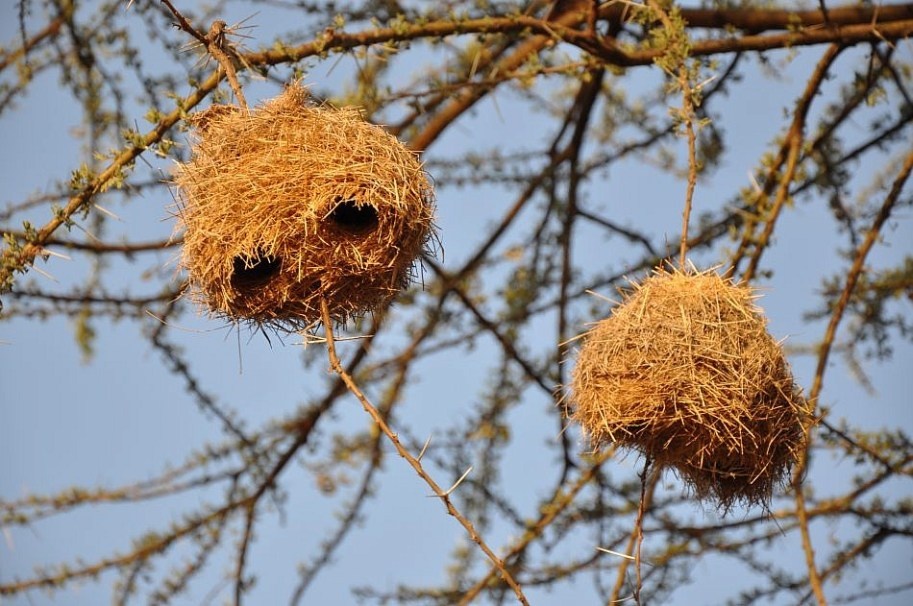

4/ Dromedary luggage carrier with mirrors from the Sahara
Six years ago, we strolled through the alleys in the Medina of Marrakech. A small shop caught our attention. Against the facade hung special wooden objects. With great pleasure, the owner explained their use: they were carved sticks that were part of an ingenious construction which served as a carrier for on the back of a dromedary. Dromedaries are indispensable for the Toareg in the Sahara as they’re their best means of transport.
Each luggage carrier has four of these sticks, the carrier is reversed in the tent and can be used as a closet. Excited by this wonderful story and enchanted by the simplicity and beauty, we bought them all. In the corner inside this dark shop hung one magnificent exemplar. It had something extra the others didn’t have, it had… small built in mirrors. But it was not for sale! The man was very attached to it, I understood why. All the more reason why I was completely shocked when a few months later, just before my birthday, a package arrived from Morocco. Inside was the luggage carrier with mirrors. My husband Hendrik had secretly arranged it for me!
5/ Wooden Zebu from Madagascar
Madagascar had been on our wish list for a long time, and last year we finally managed to travel there. Hardly prepared but with the Trotter and Lonely Planet in our pocket we were ready to discover a new country. After arriving in the capital Antananarivo (called Tana by the locals), we searched for our hotel: Sakamanga. The travel guide described it as a living museum, so we were very curious. And indeed, our jaws dropped by their richly filled cabinets with typical Malagasy objects. The fine collection of aged wooden zebu figurines caught our eye the most. At the time, we thought we would never be able to find them ourselves.
Two weeks later I couldn’t believe my luck when we ran into a man who sold a whole bunch of the zebu figurines. He even told us the story behind them: they are part of an ‘aloalo’, a wooden statue placed on the tombs of deceased chiefs of the Mahafaly. Because they stood in the sun and rain for years, they have now wonderfully tinted grey in color.
We bought them all (what did you expect) along with much more and arranged transport to Belgium. But the most beautiful I kept for myself, and took it with me as carry on luggage!
